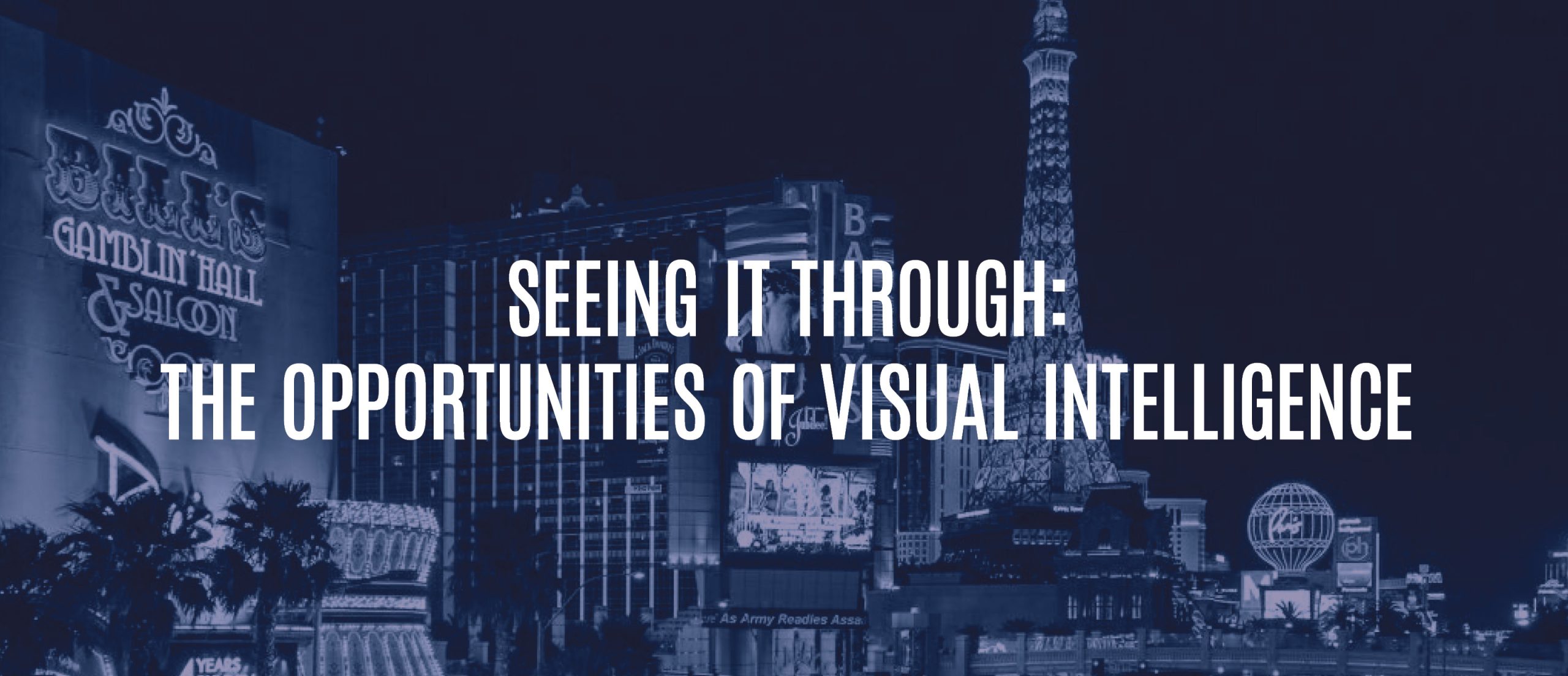
Ours are times of unprecedented innovation across nearly all facets of life. From activism to kinesiology, computational science to spirituality, humans are pushing the envelope further today than we ever would have imagined just a generation ago. But nowhere is our thirst for innovation more evident than when it comes to tech.
Technology is literally outpacing our ability to keep up. Particularly when it comes to urban mobility. Like a John Bonham drum solo, it can seem a little too fast to follow. Cities around the globe are struggling to identify—let alone implement—the latest trends in mobility technology.
So, to help shine light on the latest, greatest, and most useful of mobility tech, I’m highlighting advancements that raise interest, stretch the imagination, and (perhaps most importantly) stand to usher cities into the new era I call Tomorrowland.
VEHICLE-TO-EVERYTHING (V2X)
Data and connectivity will be two of the foremost drivers of smart cities. Not to mention, advancements in one begets advancements in the other. As we progress through the fourth industrial revolution, where “cyber-physical systems” play a prominent role in economies and lifestyles, it will become increasingly beneficial for vehicles to digitally interact with the world around.
V2X technology doesn’t just enable cars to wirelessly connect and communicate with each other, but also (soon) with traffic signals, dockless bikes and scooters, remote sensors, and even pedestrian smartphones.
For instance, V2X technology might be able to detect someone crossing the road at night, which may be difficult for our eyes to see before it’s too late. Keep in mind, hypotheticals such as this take for granted V2X ability to intervene autonomously.
When our vehicles can communicate with the world around, driving will become both safer and more convenient. This will also play a key role in streamlining urban mobility. Freeway sensors may soon autonomously coordinate vehicle flocking. Road work signs may send warnings to cars quickly approaching, and simple lane-change assistance could significantly reduce collisions during heavy work commutes.
Whether for the sake of advancing autonomous vehicle technology or streamlining fluid mobility, V2X technology is something cities and collaborative organizations should be discussing today.
ADVANCED DRIVER-ASSISTANCE SYSTEMS (ADAS)
Jump back in time a few years and I would have told you that Advanced Driver-Assistance System meant your friend held the wheel while you wolfed a few bites of your sandwich. It was a common road trip tactic—no advanced tech needed.
Today, ADAS focuses on far safer driver safety.
As companies have recently begun to ease off the AV pedal (following a sequence of autonomous vehicle accidents, some fatal), they’ve started to concentrate more on safety.
“Until recently it was a competition of, ‘We are launching [autonomous vehicles] in 2020 or 2021,” said Alex Haag of Audi at CES 2019. “Now, I think people are taking a step back and saying, ‘Hey, we are going to launch when it’s ready.’”
One of my favorite ADAS tech inventions uses facial recognition to monitor driver alertness, warning them when they become drowsy or distracted.

NVIDIA’s ADAS in action, monitoring this driver’s alertness.
HYPERLOOPS
If you’re out of the loop (pun intended), a hyperloop is a vactrain design currently being tested that, if deemed safe and feasible, would transport passengers and/or freight via tube system at speeds hundreds of miles per hour faster than commercial airplanes.
More simply, it’s a really, really, really, fast rail system that could reduce travel time, congestion, and carbon emissions. The speeds are unprecedented: 600-760 mph! Essentially, you could make the trip from San Diego to San Francisco in about 50 minutes by hyperloop, instead of eight hours by car (with good traffic) or an hour-forty-five by airplane.
Elon Musk popularized hyperloop concepts back in 2012, but a lot of companies are on board, including Virgin. At this year’s CES trade show, Virgin unveiled its beta app that let users simulate a booking for its Hyperloop One.
Admittedly, an app that literally can’t do anything (for now) isn’t nearly as exciting as a vacuum-driven pod that puts bullet trains to shame. But this is more important than it seems. As I regularly express, the necessity for a streamlined, integrated user-experience—from booking to destination—cannot be overstated. Letting future users familiarize themselves with booking and payment functionality both aids the experience and learning curves, as well as opens the idea doors for private and government entities to integrate the booking app into their own plans for a hypermobile future.
LOOKING AHEAD
So, what does this mean for the future of our cities and mobility systems? Well, by looking at the technology that lies ahead, urban planners can better prepare our cities for rapid introduction of new technology and lay the framework for a more integrated multi-modal transit network.
“Technology, politics and social inclusion are all deeply impacted by mobility in cities,” explains Deloitte’s Colin Mountstephen. But I would argue that city mobility is equally, if not more so, impacted by technology, politics and social inclusion.
Just look at Uber. Specifically, look at the impact it’s had (and the waves it’s made) on urban mobility.
If there’s a central theme in this blog it’s that we need to ensure our cities and transit agencies are the ones driving change and making the impact, with private entities advising and collaborating alongside. This way, we can build safer, smarter cities for people of all ages and physical abilities.
It’s extremely difficult to predict customer and cultural behavior. It’s far more likely that by looking at new technologies—and the whole spread of their applications, threats, and benefits—we can help our mobility networks maintain a competitive edge today, while evolving to be more relevant tomorrow.
